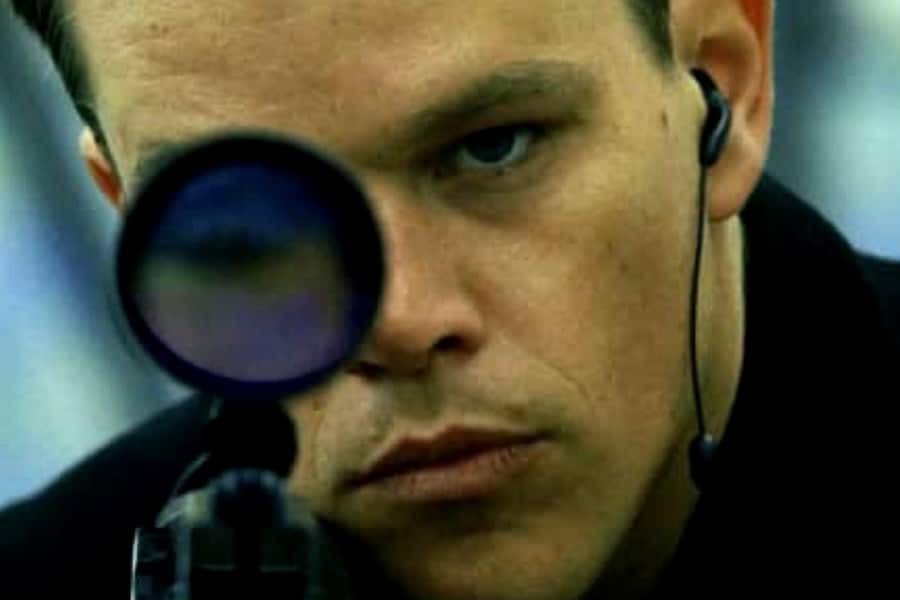
Spy Thriller Adaptations
Picture a world swathed in shadow, bristling with hidden agendas and double agents, where cryptic whispers can be the difference between life and death. Now, take a moment to imagine transferring this tightly woven narrative from the pages of a novel to the grandeur of the silver screen. This feat requires a masterful hand and is a task not for the faint-hearted. And yet, when executed effectively, spy thriller adaptations have repeatedly managed to captivate global audiences, breathing vibrant life into the intricacies of espionage.
The success of a spy thriller primarily hinges on its narrative’s ability to elicit a palpable sense of suspense and unpredictability. Covert operations, high-stakes situations, and crafty characters – these elements are woven into a complex tapestry where the suspense is relentless, the risks are monumental, and the heroes are ceaselessly clever.
Yet, a well-crafted spy thriller is not merely about adrenaline-inducing danger and suspense. It also delves into the psyche of the spies, showcasing their complex personas often riddled with moral dilemmas and personal conflicts. These narrative layers add depth, making each reveal more satisfying, and each betrayal more gut-wrenching.
A stunning example of such nuanced storytelling is John le Carré’s ‘Tinker, Tailor, Soldier, Spy’. This tour de force of a novel captures the silent, lurking dangers of the Cold War era. The 2011 film adaptation, starring the incomparable Gary Oldman, managed to capture the novel’s cold, creeping dread while bolstering its theme of faceless enemies and inscrutable loyalties.
Transferring such narratives to the screen is an intricate task, demanding more than a mere verbatim translation. The crux of an excellent adaptation lies in understanding the spirit of the source material, and then translating it to a visual medium while enhancing its core themes. An adaptation should be faithful to the heart of the story, but it should also take advantage of the cinematic medium’s strengths to enhance and elevate the narrative.
Take, for instance, Robert Ludlum’s ‘The Bourne Identity’. The 2002 film adaptation didn’t strictly adhere to the plot of the novel but instead amplified the thrilling chases, combats, and exotic locales. The adaptation preserved the novel’s core – an amnesiac protagonist grappling with his past while outwitting his enemies – but reinterpreted it in a manner that was more conducive to the pace and style of modern cinema.
Indeed, a key aspect of spy thriller adaptations is the balance between preserving the essence of the original story and enhancing it for a wider audience. Successful adaptations maintain the spirit of the original while incorporating the distinct advantages offered by the cinematic medium – be it through striking visuals, compelling performances, or a riveting score.
An archetypal example of this delicate balance is Ian Fleming’s ‘James Bond’ series. These novels, teeming with suave intelligence, high-stakes action, and riveting plotlines, have been adapted into one of the longest-running and most successful film franchises in history. Each installment brings something new to the table, whilst keeping alive the quintessential charm and adrenaline of Bond’s world.
And who could forget Tom Clancy’s Jack Ryan series? The transition of Ryan from paper to screen has seen several iterations, each encapsulating the essence of Clancy’s narrative while embracing the unique strengths of the chosen actors, from Alec Baldwin’s reflective analyst in ‘The Hunt for Red October’ to John Krasinski’s dynamic hero in the Amazon series ‘Jack Ryan’.
At the heart of each of these adaptations lies a recognition of the source material’s core themes and strengths, and a conscious decision to bolster them through the unique advantages offered by the medium of cinema. It’s about striking the right balance between visual storytelling and narrative fidelity.
Thus, the world of spy thrillers is a delicate blend of intrigue, suspense, high-stakes action, and complex character development. When this intricate dance is translated from the written word to the moving image, it’s not merely about retelling the story. It’s about capturing the essence, enhancing the themes, and delivering an experience that leaves the audience on the edge of their seats.
In the hushed corners of the cinema or the comfort of a living room, hearts race, pulses quicken, and the world of shadowy figures and secret codes takes over. This is the realm of spy thriller adaptations – a testament to the power of a compelling narrative and the magic of cinema that can make these tales of intrigue spring to life on the big screen.
More Spy Thriller Features
Women in Spy Novels
The golden era of female protagonists in espionage fiction
Spy Thriller Villains
Unraveling the Bad Guys of Espionage Fiction
Female Spies
Female Operatives in Spy Fiction: Breaking Barriers and Redefining the Genre



